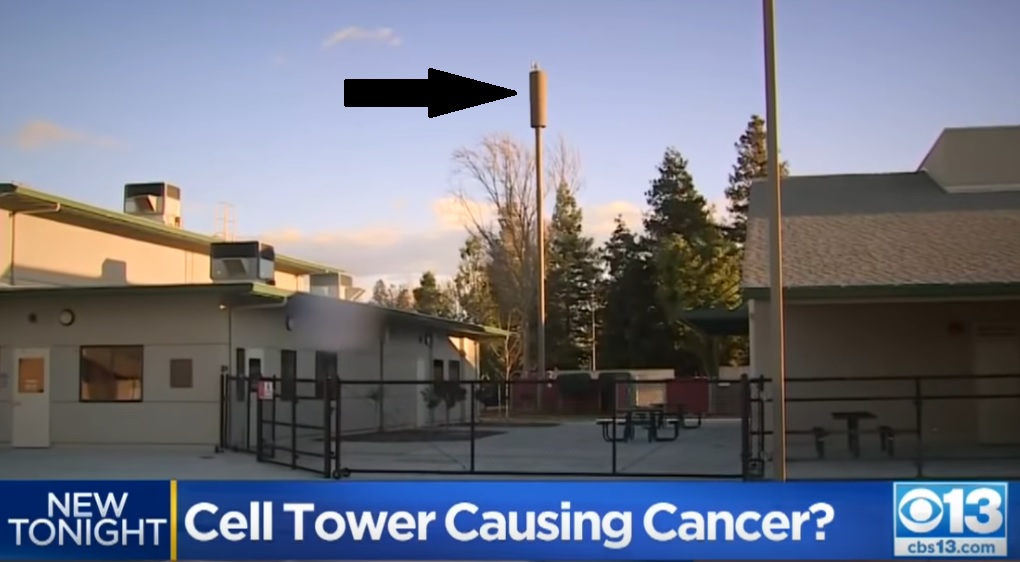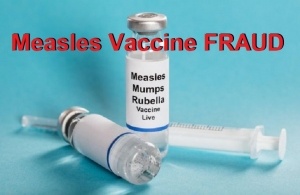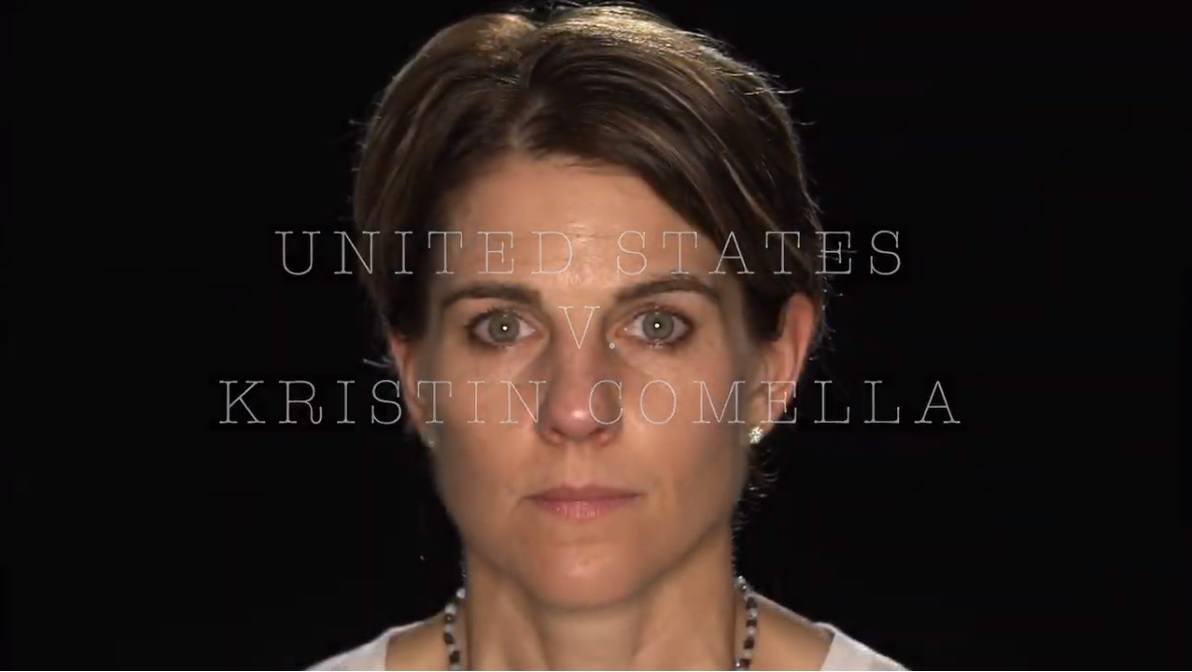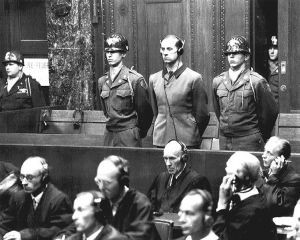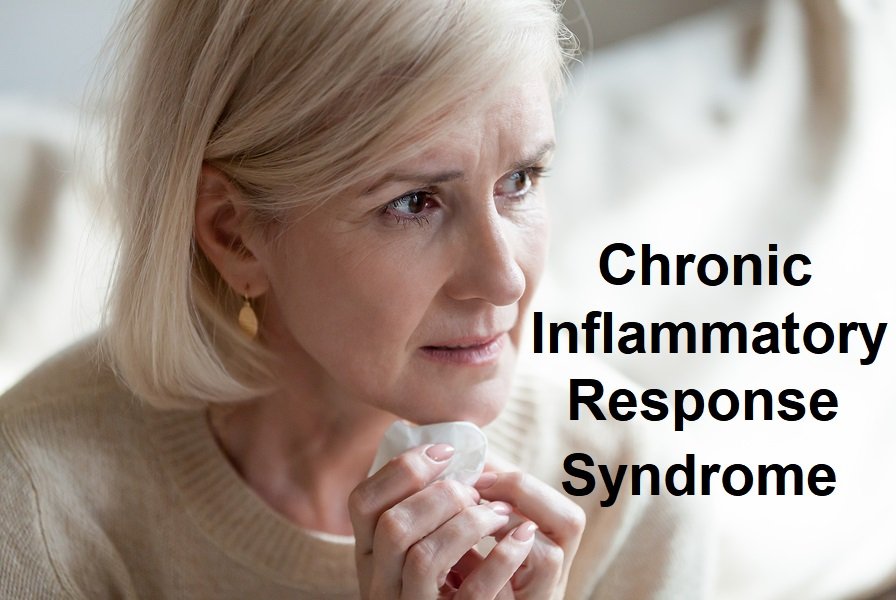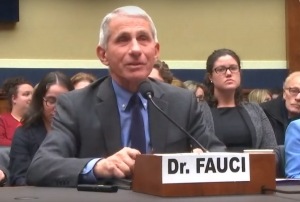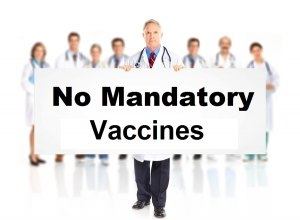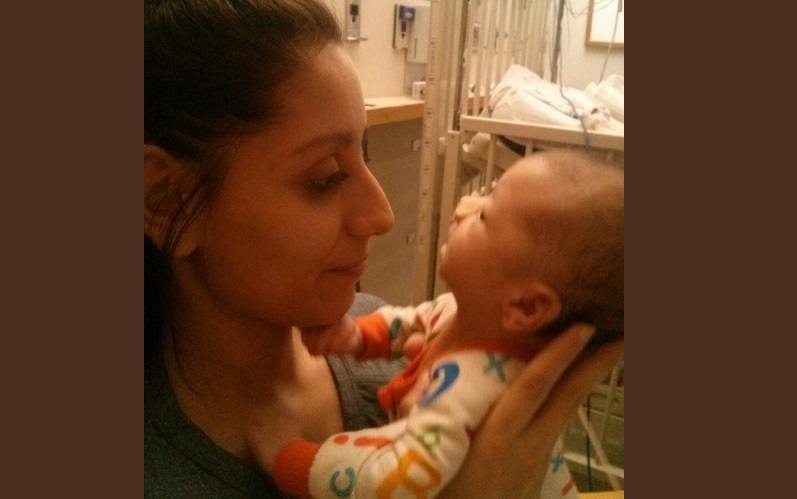4th Child Develops Cancer after California Elementary School Cell Tower Installed
Four students and three teachers have reportedly been diagnosed with cancer at an elementary school in Ripon, California, after a cell tower was installed directly on the school grounds about 3 years ago. After the 4th child was diagnosed with cancer earlier this month (March, 2019), some parents reportedly pulled their students from school, and about 200 parents of the school's 400 students gathered at a City Council meeting last week. They want the cell tower removed from the school. The school district reportedly has a 25-year lease contract with Sprint, and receives $2000.00 a month to have the cell tower located on school property. School board president Kit Oase has said that tests done on the tower found it was operating normally within safety standards. Many parents disagree. Monica Ferrulli is one of those parents who has done her own research. Her son Mason was diagnosed with brain cancer at the age of 10. She says a doctor has confirmed that the cause of his cancer is “environmental.” Parents are claiming that the testing done by the school utilized a company (Hammett) hired by Sprint, the owner of the cell tower. So the parents reportedly hired their own independent company, Windheim, to conduct testing, and they provided handouts at the City Council meeting that is reportedly the result of the testing. They also claim that the school website did not allow them to publish their findings




